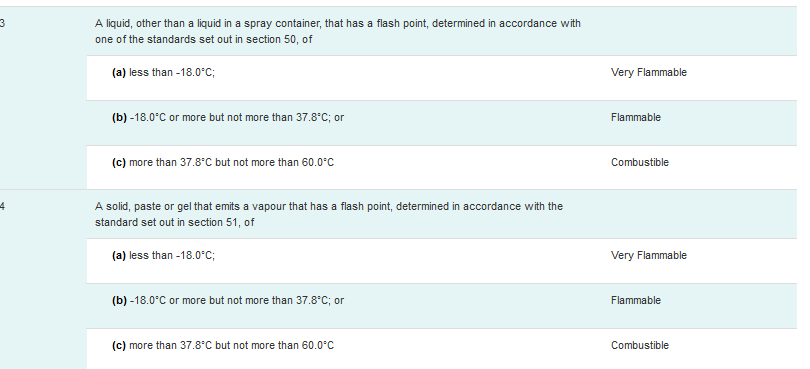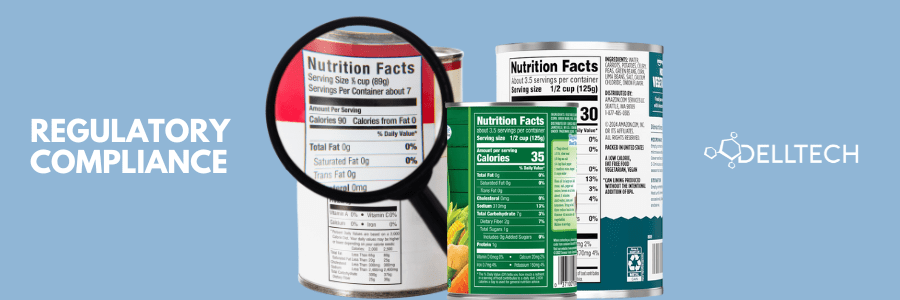By: Kirsten Alcock, Principal Product Safety Consultant, email
As I’ve advised in the past, when determining the label for your product in Canada, you first need to determine where you want to sell it. Do you want to sell your product to the workplace? Are you looking to sell to consumers? Are you making any claims that would require registration?
Canada has different classification requirements for the workplace and consumer realms for non-registered products. If you are looking to sell to the workplace and not making any claims that would require a registration, your product must comply with the Hazardous Products Regulations (HPR). You will require WHMIS symbols/pictograms if your product is considered hazardous for a variety of different criteria which you can find in the regulations. If you are selling to the consumer realm in Canada and considered hazardous, you must comply with the CCCR and use their symbols (Consumer Chemicals and Containers Regulations, 2001).
It is very important that you know the different cut-off values for the determination of combustibility within Canada. The requirements for a combustible product under GHS are different than those under the CCCR.
A product with the GHS phrase Combustible liquid lands in Category 4. Under the HPR, you will see the parameters here:
The phrase requirements for a Combustible Liquid for workplace (GHS) within Canada are here:
Under the CCCR, the parameters are very different for the phrase requirement: Combustible.
Under the CCCR, it does not:
If you look at the tables provided above, you’ll see that there are VERY DIFFERENT Flash Point cut-off values as well as different mandatory phrase requirements for a ‘combustible liquid’.
If you have any questions regarding WHMIS or CCCR symbol/pictogram and phrase requirements, do not hesitate to contact us. We can help you determine the appropriate symbol not only on your SDS but also on your labels. Contact us for further information on how we can help you meet your label compliance.
Dell Tech
Kirsten Alcock, B.Sc. (Hons)
Principal Product Safety Consultant
519-858-5074
kirsten@delltech.com
Dell Tech has provided professional, confidential consulting services to the chemical specialty
industry in Canada, the USA, Europe, and Asia for the last 40 years.
Contact us today for more information.
www.delltech.com








